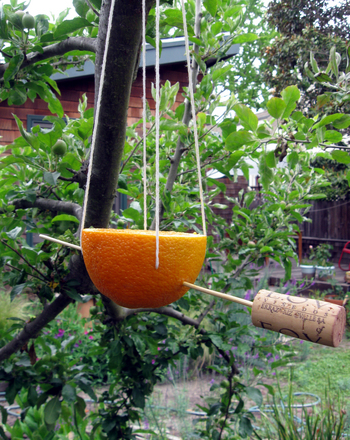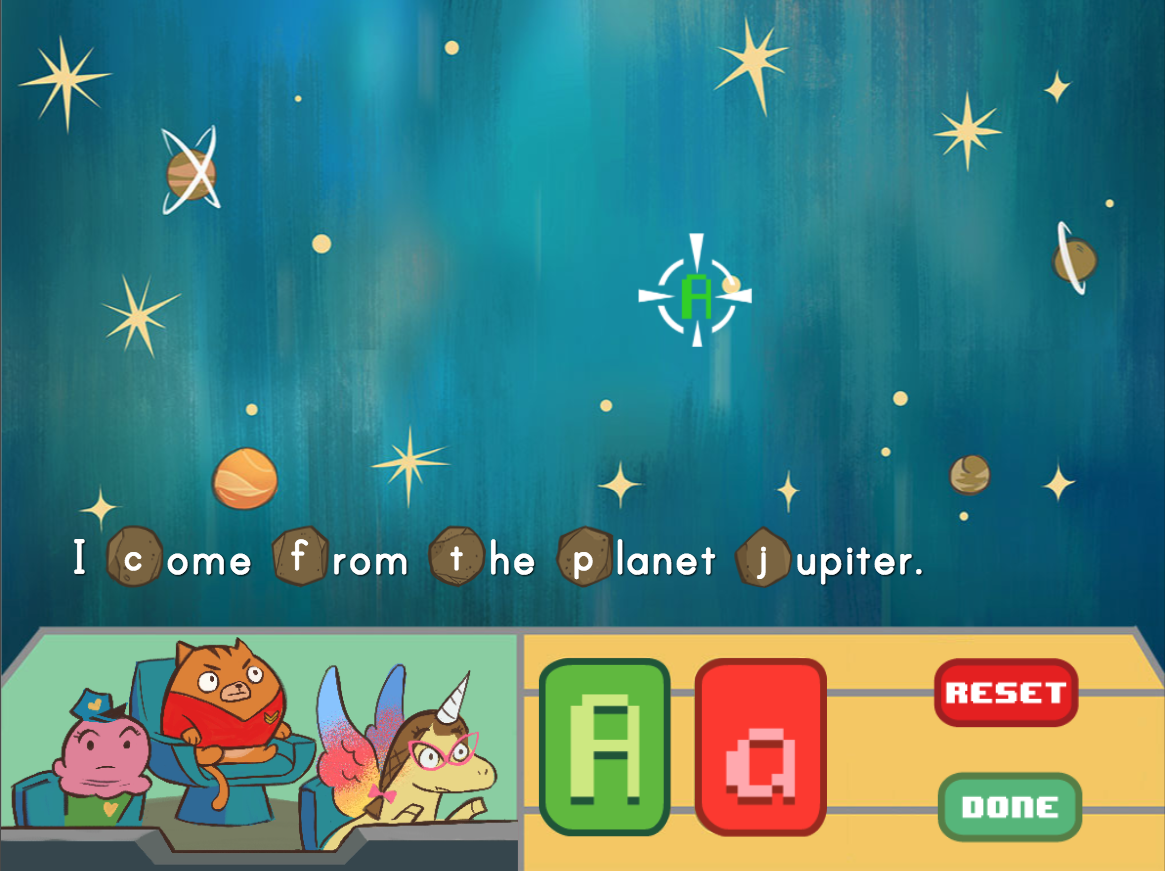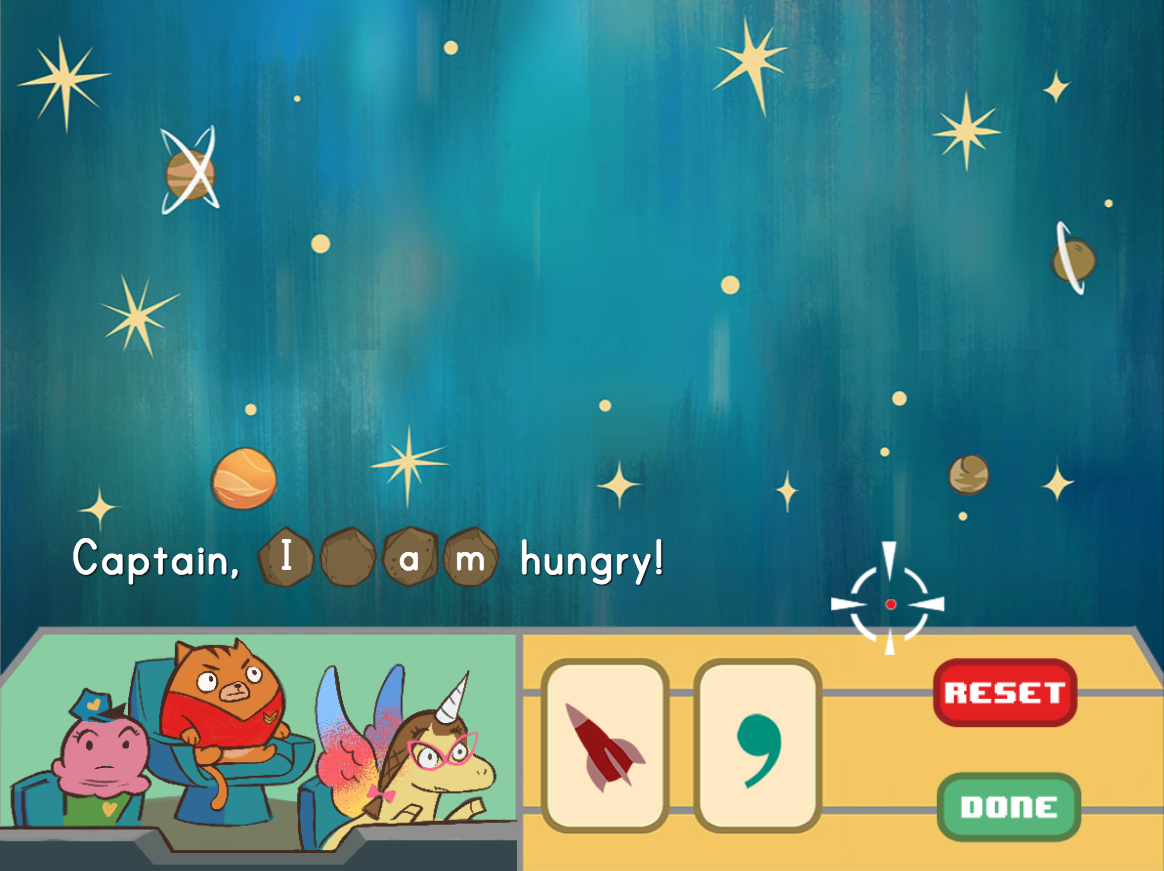Science project
Bird Space
You may not think you're very big or tall, but to a bird, you're a giant! What would you do if a huge, mysterious creature towered over you? Well, birds usually fly away. Their wings allow them to get to safety when they believe their safety might be threatened. In this experiment, you'll explore a bird's personal space and discover what tells a bird it's time to fly.
Problem:
How close can you get to a group of birds before they start to fly away?
Materials:
- Tape measure
- Masking tape
- Pen
- 20 palm-sized rocks
- Notebook
- Pencil
Procedure:
- Choose an open area that is popular with birds. If you can find a place where birds flock, all the better!
- Take time to simply observe the birds that you find there. What kind of birds are they? What do they eat? Where do they like to live?
- Use masking tape and a marker to number your rocks 1-20.
- Roll out the tape measure in a long line. Place a rock at one foot intervals, or space each rock exactly one foot apart from the one before and after it. This will be how you measure the flight initiation distance, or the closest measurement of feet you can get to birds before they fly away.
- Before you begin your experiment, take out your notebook and pencil. Think about the following questions: Do the birds you're observing seem used to people? Have you seen any of these birds interact with people before? How close can you remember ever being to a bird? Write down your thoughts in your notebook.
- Now remember the problem of this project: How close can you get to a group of birds before they fly away? Write down your guess, often called a hypothesis, in your notebook.
- Time to wait. Sit near your line of rocks and wait for a bird or group of birds to settle nearby. This make take awhile. Once you find them, note which numbered rock they are nearby (for example, rock #12).
- Carefully and as quietly as possible, slowly inch your way towards the birds. Be sure to walk along your line of rocks.
- Keep moving at the same pace, or similar speed, until the birds eventually fly away.
- As soon as this happens, stop moving! Which rock are you nearby?
- Write down the number of the rock you stopped at in your notebook.
- Compare the numbered rock you first saw the birds at to the numbered rock you stopped at. If you saw the birds at rock #12 and then stopped at rock #2, this would mean you were able to get ten rocks or, more accurately, ten feet away from the birds.
- Write this first flight initiation distance in your notebook.
- Repeat this process at least five more times, approaching both the same group of birds (if you can) and birds of different sizes. Make sure you write down each distance in your notebook.
- Compare your flight initiation distances. Were they all the same? How close were you able to get?
Results:
While the distances will vary, you should have noticed several trends. Larger birds tend to fly away much sooner than smaller birds. In addition, you should have observed that with birds or groups of birds your approached repeatedly the flight initiation distance got smaller and smaller each time. In general, though, you probably were not able to get much closer than five feet.
Why?
Birds in the wild often don't let people very close because they don't trust us. Would you trust someone who was over ten times your size and looked nothing like you? However, since birds have wings that let them escape almost any situation, they'll sometimes let you get close -- maybe out of curiosity or the hope that you'll give them some food. Big birds tend to fly away sooner because of their size. It takes big birds longer to fly away so they need more time to "escape" any potentially dangerous situations.
The other big factor that affected the flight initiation distances you recorded was you. Depending on your stealthiness, or your ability to move very, very quietly, some birds may have taken longer to notice you -- and an unnoticed bird watcher equals a smaller flight initiation distance. Can you think of other factors that could have affected your stealthiness? If you were in a noisy park with other children or if a soccer game was happening nearby, these noises could have alerted and frightened the birds as well.
Do you think it would make a difference if you compared the "personal space" of animals in the wild versus animals people keep as pets? After all, people usually seem to be able to get pretty close to puppies and kittens. What do you think would make the difference between a flight initiation distance between a bird in the wild and a bird in captivity? Keep guessing and testing new ways to put your flight initiation knowledge to use!
Education.com provides the Science Fair Project Ideas for informational purposes only. Education.com does not make any guarantee or representation regarding the Science Fair Project Ideas and is not responsible or liable for any loss or damage, directly or indirectly, caused by your use of such information. By accessing the Science Fair Project Ideas, you waive and renounce any claims against Education.com that arise thereof. In addition, your access to Education.com's website and Science Fair Project Ideas is covered by Education.com's Privacy Policy and site Terms of Use, which include limitations on Education.com's liability.
Warning is hereby given that not all Project Ideas are appropriate for all individuals or in all circumstances. Implementation of any Science Project Idea should be undertaken only in appropriate settings and with appropriate parental or other supervision. Reading and following the safety precautions of all materials used in a project is the sole responsibility of each individual. For further information, consult your state's handbook of Science Safety.













